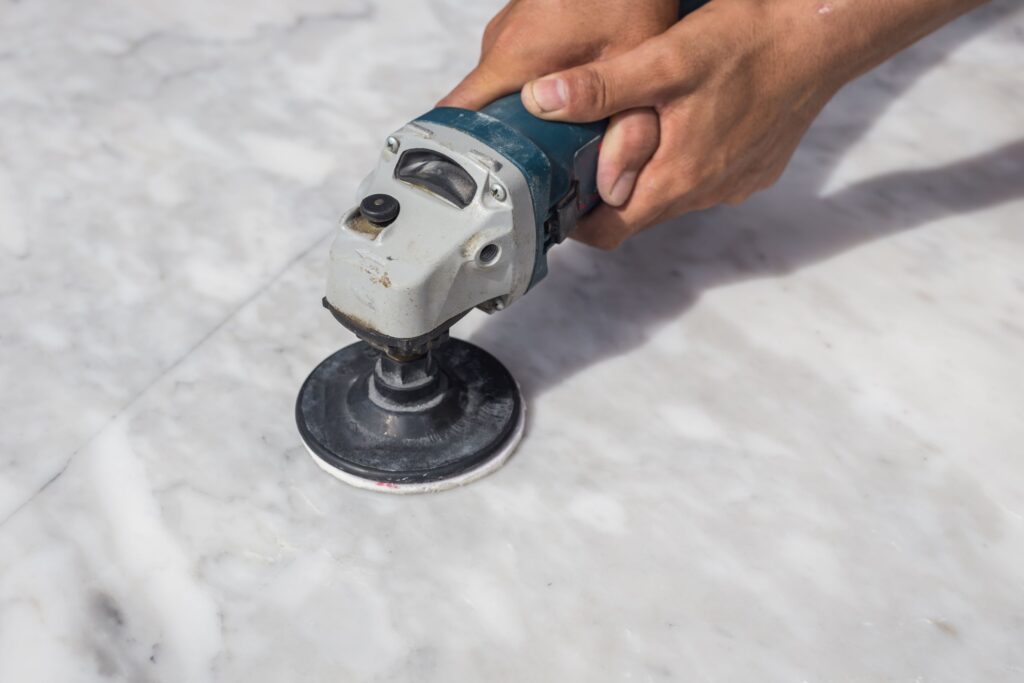
Concrete grinding and polishing is a long-term flooring solution that offers many advantages in residential, commercial, and industrial applications. Done properly, grinding and polishing can result in a smooth, amazing finish that resembles polished stone. The concrete flooring is easier to maintain and can last longer. The same positive results, however, are not achieved when people fail to follow the right procedures in polishing and grinding.

What are the Common Polishing and Grinding Mistakes People Do?
The following are common polishing and grinding mistakes people commit that prevent them from getting the quality finish they desire for their concrete floor:
- Using the wrong bond for the concrete
When the type of metal bond your diamond tooling use in grinding concrete is not compatible with the type of concrete you will be grinding, the result can be disastrous. The diamonds will either not cut but just heat up and glaze over especially on hard concrete or your tooling will wear out prematurely.
Follow the general rule in the use of diamond bond for concrete:
- Hard bond diamonds for soft concrete
- Soft bond diamonds for hard concrete
- Medium bond diamonds for medium concrete
- Setting the grinder speed too high
Turning up the speed of the grinder beyond the right setting for a faster production rate can cause diamonds to overheat and glaze over preventing them from cutting properly, or they may even not cut at all. Find the right speed to get the best performance and optimum production rates.
- Using low-quality diamond tooling
Diamonds of poor quality do not wear down evenly. Your tool will wear down faster while producing worse results such as uneven surfaces or scratches. The quality of the diamond tooling, not the price, should be the most important consideration to guarantee nice and smooth finishes.
- Not fixing scratches immediately upon seeing them
Ignoring scratches and not fixing them promptly can let them become an even bigger issue. The floor should be inspected as you grind and polish. It will allow you to see whether you are leaving behind scratches and deal with them using the same level of grit that produced them.
- Starting work right away without inspecting the floor
Failing to remove above grade materials or materials that are raised above the floor’s surface can knock off your diamond segment causing long-term damage to your tools. The concrete surface must be inspected first and materials that are above grade must be removed or sanded down to the floor’s level by hand sanding.
- Not understanding the customer’s expectations
Many customers have unrealistic expectations about the results they want to get. As a contractor who knows the attributes of concrete, you should educate your customers about what the polishing and grinding process can and cannot do. Temper customers’ expectations when they go beyond what is possible to achieve.